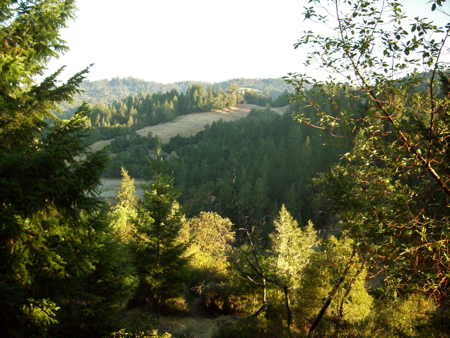First in a series of posts on innovation in liberal congregations.
We hear a lot of talk about “innovation” in liberal congregations these days. Liberal religious leaders, both lay and ordained, are rightly worried by the downwards trend in membership and attendance in liberal congregations; and many leaders believe that the way to reverse these downwards trends is through innovation. So I’d like to take a closer look at innovation — what is it, how does it apply to congregations, and will it halt the downwards trend in which we find ourselves?
First, some quick definitions: Innovation in liberal religion is the application of new ideas and new ways of doing things. Liberal religion in the most general sense refers to institutionalized religion willing to allow theological change and evolution; liberal religion stands between orthodox or conservative religion on the right, and radical religion on the left; in the U.S., the term “liberal religion” has been claimed mostly by Unitarian Universalists, and some liberal Christians and Jews.
Now on to the first point — Don’t let anybody tell you otherwise: innovation in religion is hard.
Innovation is hard first of all because most of us turn to organized religion for stability. We are trying to make meaning out of our chaotic lives, and liberal religion can help us find that meaning in order to make sense out of chaos, to find a sense of purpose, to come up with some values that can provide stability. Any innovation we carry out has the potential to upset that sense of stability. Innovation is going to be emotionally challenging.
Innovation is hard second of all because it means risking failure. If you’re going to try something that is truly new, you won’t have clear models to follow and you’re going to make a lot of mistakes along the way; one or more of those mistakes may well put an end to your innovation, and even an end to your entire congregation. Not only that, but failure sucks: failing at something can make you feel like crap.
A third reason innovation is hard is that it requires hard work. It’s much easier to keep on doing things the same way you’ve always done them. When you innovate, you’re going to be pouring extra hours into the innovative project. You’re also going to be pouring extra effort and attention into the innovative project.
So innovation is emotionally challenging, innovation means risking failure, and innovation takes lots of work. Don’t let anyone tell you otherwise: innovation is hard.
Next: Innovation will be resisted.

